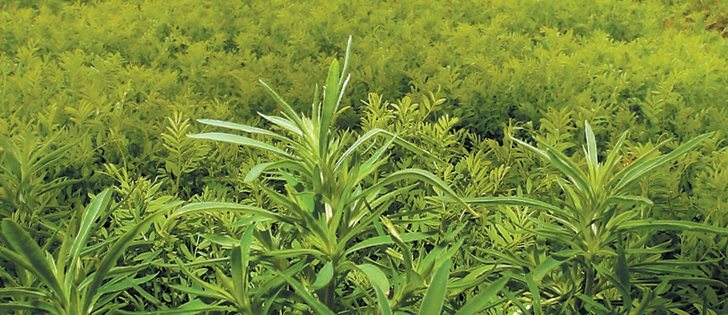Three year trial results | Yield and kernel weight were highest when the fungicide was applied at the flag leaf stage
There is little to be gained by spraying early for fungal diseases, says an Agriculture Canada plant pathologist.
Early season application when plants are at the two to three or five to six leaf stage is becoming the norm, said Kelly Turkington at the Canadian Barley Symposium in Calgary July 9-10.
A three year experiment across the Prairies using propiconazole (brand name Tilt) at recommended rates showed spraying at the flag leaf stage still works best.
“Only where we put that Tilt on at the flag leaf emergence stage did we see significant reduction in disease,” he said.
Read Also

Land crash warning rejected
A technical analyst believes that Saskatchewan land values could be due for a correction, but land owners and FCC say supply/demand fundamentals drive land prices – not mathematical models
The trial started in 2010 and ends this year. Researchers tried various treatment levels at different growth stages as well as a tank mix with herbicide to remove weeds.
A half rate of fungicide had little effect on the leaf diseases.
Results from all the plots showed protecting the upper canopy of the leaves worked best.
It is also important to know which diseases are present so that the most appropriate management strategies are used.
Scald and net blotches had similar treatment responses across all sites.
The results for the last two years showed yield and kernel weight tended to be highest when fungicide was applied during the flag leaf stage.
These diseases cycle every seven to 14 days. The spores land on a leaf, germinate and new lesions develop.
“Even though you put a fungicide on early, if the conditions are favourable after, that disease can redevelop and threaten that crop,” Turkington said.
Fungicides are locally systemic and move within the xylem, which is the inside part of the stem that moves water and nutrients through the plant.
The sprays do not usually move from one leaf to another, but they will move from the base of the leaf to the tip and can be carried in the xylem.
“The only benefit you are getting earlier on is protecting the green leaves that are present at that time and maybe perhaps you’re suppressing the pathogen itself,” he said.
Fungicides protect healthy tissue and preserve yield, but they do not fix damaged plants. It is also important to spray before there is extensive disease.
“If that infection is already four to seven days old, that fungicide is going to have a difficult time controlling that infection,” he said.
Later applications at the head emergence period can work if leaf disease is developing in the lower canopy and wet weather is expected. There won’t be much benefit if disease strikes once the crop is at the milk or late milk stage.

















